Professional Construction Dewatering Services for Regulatory Compliance
Prevent flooding, soil erosion, and project delays with expert dewatering solutions tailored to your construction site.
What is Construction Dewatering & Why It’s Essential?
Construction dewatering is the process of removing accumulated water from excavation sites, trenches, or work areas to maintain a stable and dry environment. Uncontrolled water accumulation can lead to structural instability, soil erosion, equipment damage, and project delays. By implementing efficient dewatering techniques, contractors can maintain site safety, comply with environmental regulations, and improve overall work efficiency.
- Prevents water-related project delays and safety hazards
- Reduces soil erosion and structural instability
- Ensures compliance with EPA stormwater discharge regulations
- Protects construction equipment from water damage
- Learn about federal water discharge regulations from the EPA.
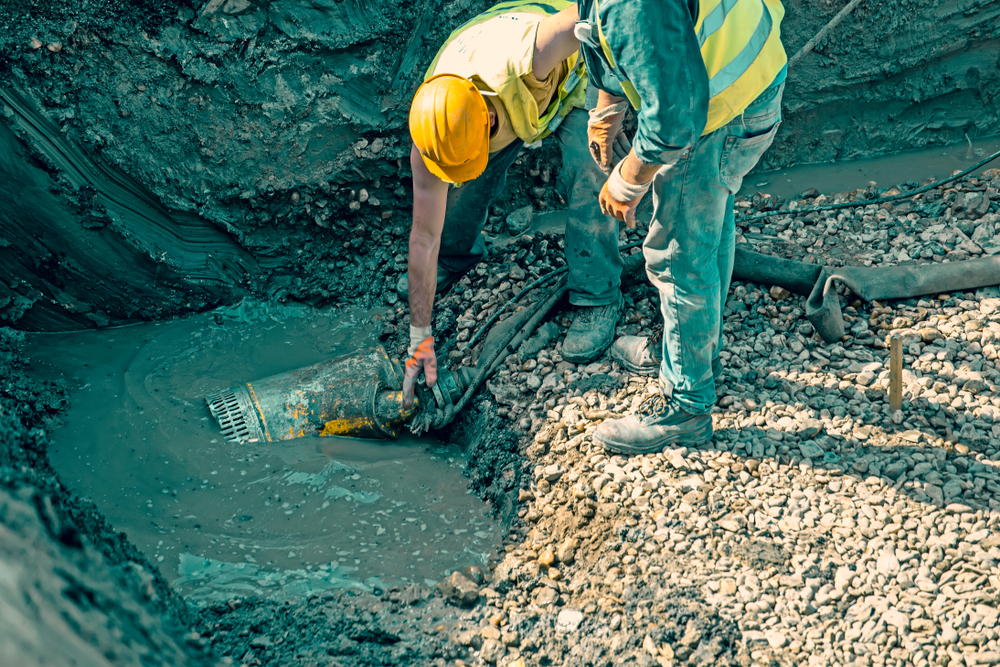
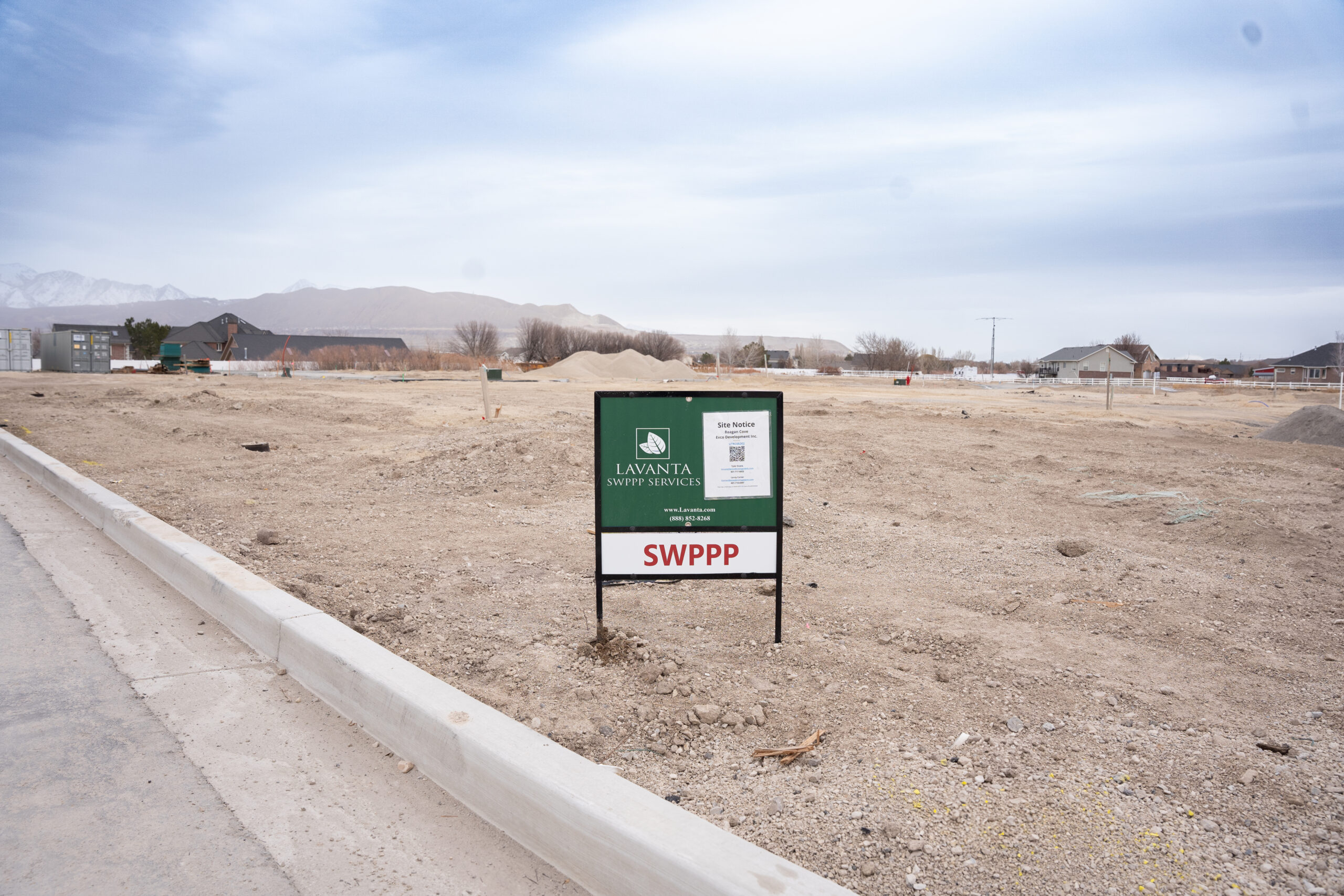

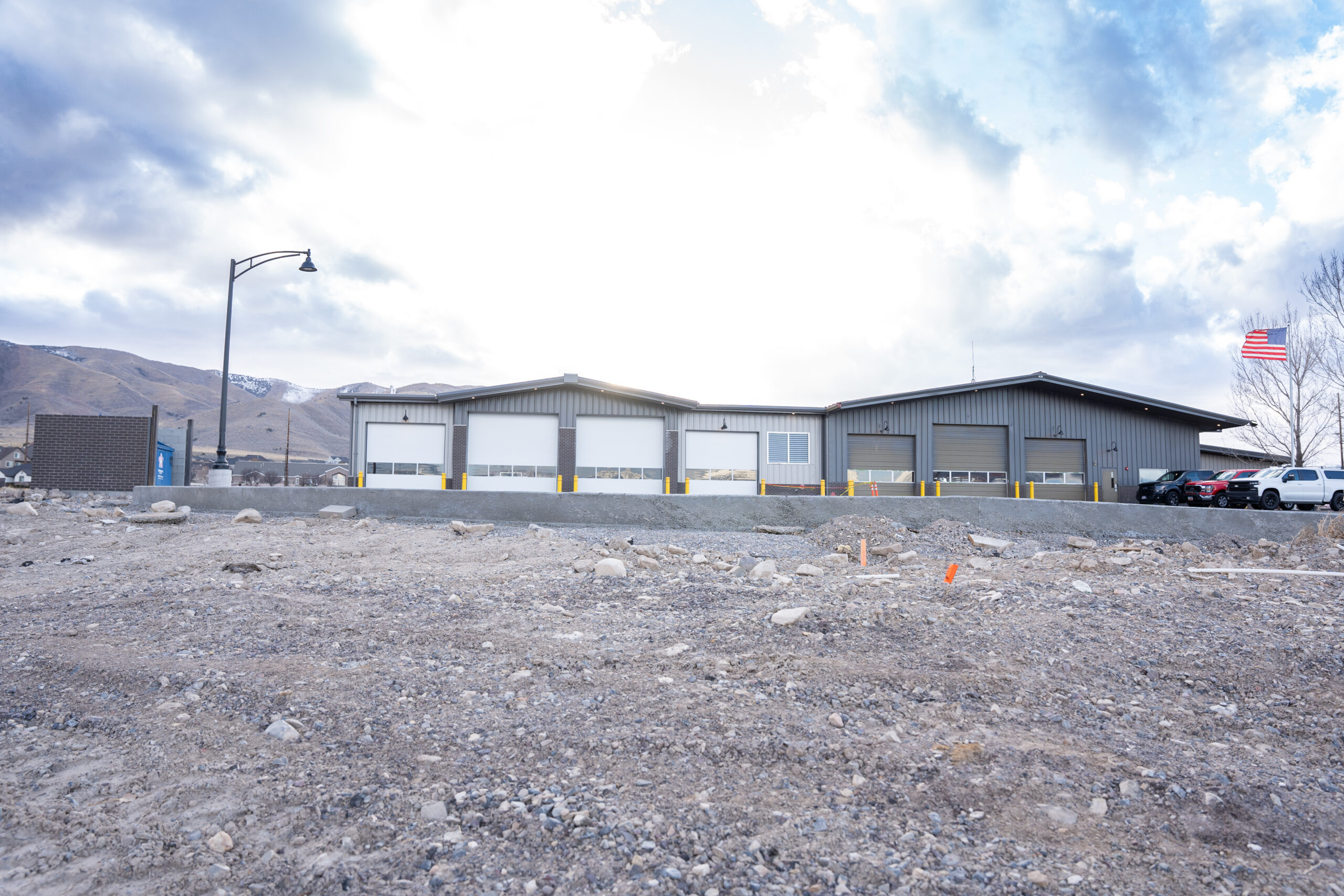
Our Construction Dewatering Services
Lavanta SWPPP works with you in designing and implementing custom dewatering plans to ensure compliance with federal, state, and local environmental regulations. Whether your site requires temporary groundwater control or ongoing water removal, we have the expertise and equipment to handle it.
-
Site Evaluation & Water Testing
Assessing water levels, contaminants, and discharge solutions
-
Pump & Sump Dewatering
Removing water from excavation sites using submersible pumps
-
Wellpoint Systems
Lowering groundwater levels to stabilize soil
-
Eductor Systems
High-efficiency groundwater extraction for deep excavations
-
Filtration & Treatment
Removing sediment, oils, and contaminants before discharge
-
Discharge Management & Compliance
Ensuring water is safely released into approved areas
Get a FREE Quote
Phone Number: 888-852-8268
Email: [email protected]
Service Areas: Serving all of Utah and surrounding regions
Choosing the Right Dewatering Solution for Your Site
Dewatering Methods & Techniques We Use
Once a SWPPP is developed, proper implementation is critical to ensure compliance throughout the project lifecycle. Lavanta SWPPP provides hands-on support, including BMP installation, regular site inspections, and documentation updates.
Sump Pumping
Ideal for shallow excavations; collects and pumps out water as it accumulates
Wellpoint Dewatering
Uses a series of small wells to lower the groundwater table
Eductor Wells
A vacuum-assisted system for controlling deep groundwater levels
Sediment Tanks & Filter Bags
Removes solids and pollutants before water discharge
Chemical Treatment
Neutralizes contaminants for environmental safety
Regulatory Compliance & Environmental Considerations
Dewatering activities must adhere to strict federal and state environmental regulations to prevent pollution and protect local waterways. Lavanta SWPPP ensures that all dewatering discharge meets EPA’s National Pollutant Discharge Elimination System (NPDES) permit requirements and any additional state or municipal guidelines.
-
Water Testing & Analysis
Ensuring discharge meets environmental standards
-
Sediment & Erosion Control
Preventing runoff contamination
-
Permit Acquisition Assistance
Helping you secure necessary dewatering permits
-
Best Management Practices (BMPs)
Implementing site-specific stormwater solutions
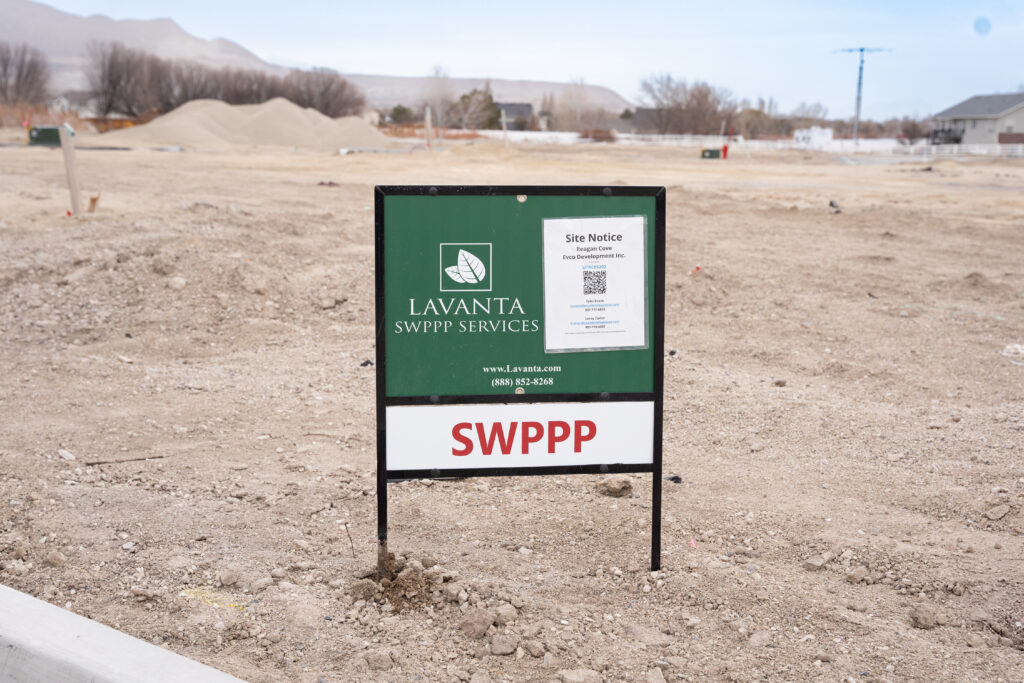
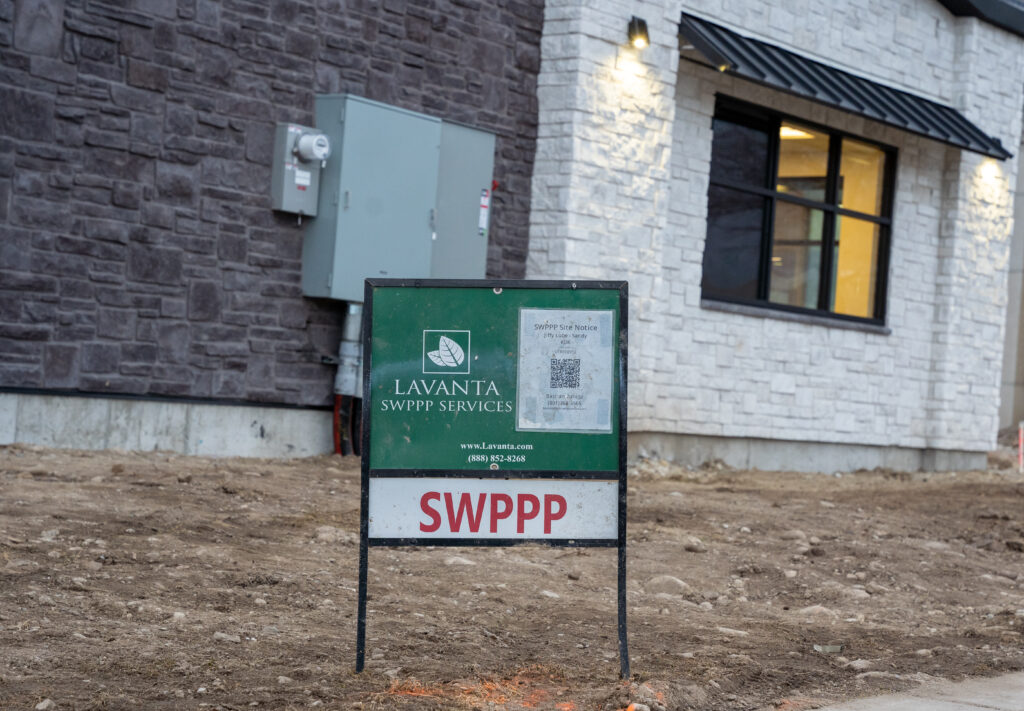
Kayson and his team do a phenomenal job! We count on them to do our inspections and keep us compliant on our commercial jobs. They have made it so easy and saved us a lot of time. They are very responsive, trustworthy, and we love working with them.
Helpful SWPPP Resources & Compliance Guidelines
Stay informed with the latest stormwater regulations and compliance standards. Below are key resources for understanding SWPPP requirements and industry best practices:

Jeffrey Tait